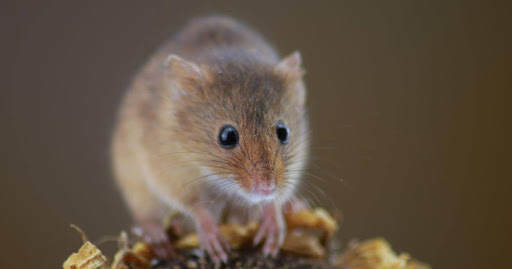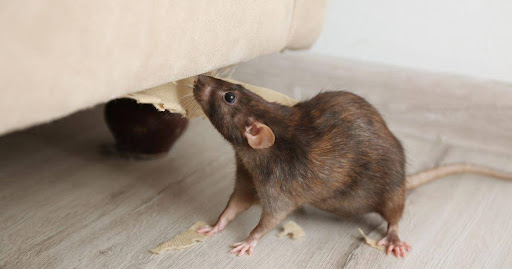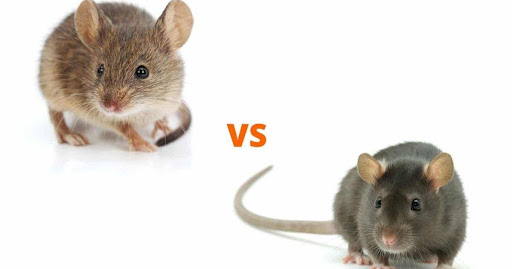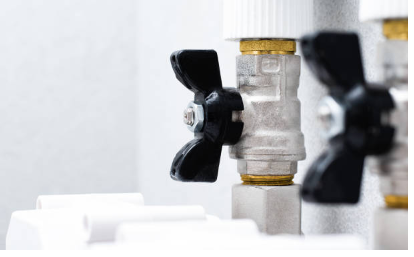Identifying whether you have mice or rats in your home can significantly influence your approach to pest control. To ensure effective removal, exterminators often highlight key differences between mice and rats, such as size, droppings, and behavior. Recognizing these distinctions can help determine the appropriate steps to manage the rodent problem.
Mice are typically smaller, with pointed snouts and larger ears, while rats possess a more robust body and a blunt snout. Observing their droppings is also crucial; mouse droppings are small and resemble rice grains, while rat droppings are larger and often more cylindrical. Understanding these characteristics allows you to communicate clearly with exterminators, aiding them in properly identifying the issue.
Knowing how to distinguish between mice and rats is essential when you suspect a rodent infestation. Being informed and prepared can help you tackle the situation more effectively, leading to a more efficient extermination process.
Understanding the Rodent Issue

Identifying the differences between mice and rats is essential for effective pest control. Each type of rodent has distinct characteristics and behaviors that can assist exterminators in addressing infestations.
Characteristics of Mice and Rats
Mice and rats differ significantly in size, shape, and physical traits. Mice are smaller, typically 2.5 to 4 inches in body length, with a slender body and large ears. Their fur is generally light brown to gray.
Rats, on the other hand, can grow much larger, measuring 7 to 10 inches. They possess a thicker body and smaller ears in proportion to their size. Their fur is often darker, with colors like black or brown.
Pay attention to their droppings to identify them effectively. Mouse droppings are small and pointy, while rat droppings are larger and blunt at both ends.
Common Habitats and Behavior
Mice prefer indoor environments and often nest in hidden areas like walls or cabinets. They are known for quick reproduction, with females giving birth to multiple litters annually.
Rats thrive in urban and rural settings. They commonly nest outdoors, in sewers, or in basements. Their behavior is more cautious than that of mice, and they often avoid open spaces.
Understanding these factors will help you and exterminators effectively identify the type of rodent infesting a space. Knowing where the rodents nest can guide targeted control measures.
Inspection and Identification
Identifying the differences between mice and rats is crucial for effective pest control. This process involves examining physical traits, behavioral characteristics, and the type of damage each rodent causes. Understanding these aspects can enhance your ability to respond appropriately.
Physical Differences between Mice and Rats
Mice and rats exhibit distinct physical traits that aid in identification. Mice typically have small, slender bodies measuring 2.5 to 4 inches long, with tails equal to or longer than their bodies. Their ears are proportionally large, and they have a pointed snout.
In contrast, rats are bulkier, measuring 7 to 10 inches long, with shorter tails than their bodies. Rats commonly seen in Carrollton have broader, more robust features and blunt snouts. Notably, their droppings also differ, with mouse droppings being about 1/8 inch and rodent droppings around ½ inch. Recognizing these physical differences is essential for effective pest control.
Behavioral Signs and Evidence
Behavior can also help you distinguish between mice and rats. Mice tend to be more curious and active, often seen scurrying in and out of their nests. They are more likely to explore new areas, which means you might find them in various parts of your home.
Conversely, rats are more cautious and establish defined pathways between food sources and their nests. They are less likely to venture into open spaces. Signs of rodent activity, such as footprints or grease marks along walls, can indicate which species you are dealing with. Exterminators can recognize these signs, aiding in their identification of mice versus rats.
Comparison of Damage Caused by Each Rodent
Each rodent causes a different type of damage. Mice often chew through wiring, insulation, and food packaging, leading to contamination. Their nesting habits may also lead to structural damage over time.
Rats are more destructive. They gnaw on larger materials like wood and drywall, causing more severe damage. Both species can create health risks due to their droppings and urine, but rats are often linked to more significant property destruction. By understanding the type of damage associated with each rodent, you can take appropriate action to prevent further issues.
Extermination Strategies

Effective extermination strategies differ between mice and rats due to variations in behavior and nesting habits. Knowing the best methods tailored to each type can help ensure successful pest control.
Approaches for Mice Extermination
To exterminate mice, consider using snap, glue, or live traps. Snap traps are highly effective due to their quick kill method and ease of use. Position them near walls or in areas with visible droppings and gnaw marks.
You might also use rodenticides specifically designed for mice. Always follow label directions carefully to avoid harming non-target animals or pets. Seal entry points in your home to prevent future infestations.
Maintaining clean surroundings is crucial. Ensure food is stored in airtight containers, and regularly clean up crumbs or spills. Do not forget that professional services like Critter Stop can assist if you face persistent issues. Their expertise ensures a more effective and humane approach.
Approaches for Rat Extermination
Rat extermination typically requires stronger methods due to their larger size and intelligence. Snap traps work well, but consider deploying multiple traps as rats might be cautious of unfamiliar objects. Baiting techniques with preferred food items can also increase trap success.
Rodenticides are common for rats, but strategically placing them is essential. To keep pets and children safe, use tamper-resistant bait stations. Areas around burrows or pathways are ideal locations for these stations.
For more severe infestations, professional exterminators can offer specialized solutions. Hiring a reputable company like Critter Stop ensures proper identification and removal of rats. They have a fantastic reputation and excellent customer reviews online.
Preventative Measures and Best Practices
To prevent mice and rats from entering your property, inspect it regularly. Look for cracks or gaps and seal them with steel wool or caulk. Proper ventilation in attics and basements helps minimize nesting opportunities.
Also, ensure that food is not left unsecured. Storing grains and pet food in sealed containers is essential. Keep garbage in tightly closed bins to avoid attracting rodents.
Educate yourself on signs of rodent activity, such as droppings and gnaw marks. Early detection can prevent larger problems. If you encounter a persistent pest issue in Carrollton, consider calling Critter Stop at (214) 234-2616 for a free inspection. Their commitment to high-quality work and great customer service will provide peace of mind.
—












